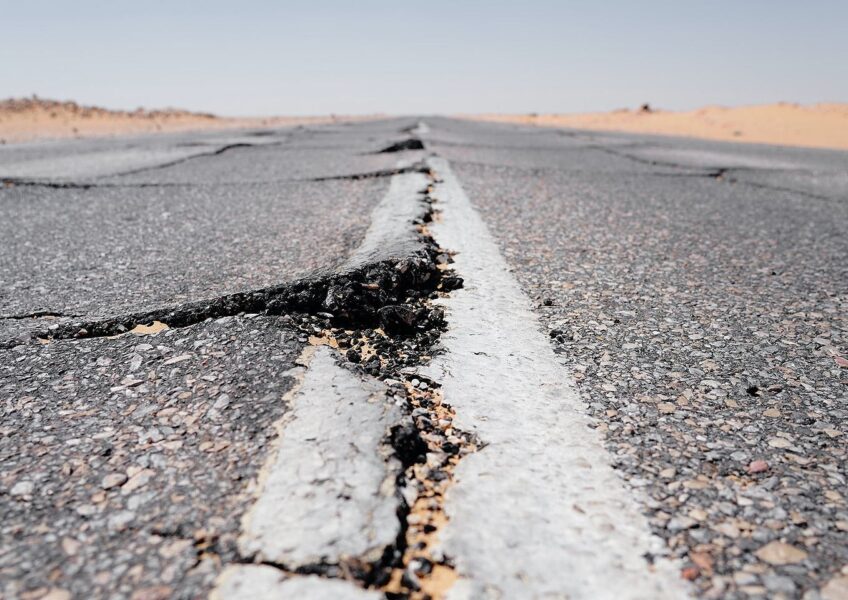What You Should Do Before and During An Earthquake
Earthquakes are scary, there’s no doubt about that. But, we can’t just get rid of earthquakes with wishful thinking.
Knowing what to do before and during an earthquake can help alleviate some of the fears around earthquakes while keeping you and your loved ones safe. This blog will cover both preparation steps and the actual steps to take during an earthquake. At the end, we’ll be adding some additional safety tips to consider too.
Know the Risks
Before getting started, it is important to know when and where earthquakes are least and most common.
When do earthquakes occur? Earthquakes can happen at any time and are not more likely during one month than any other (at least that’s what science says so far).
Where do earthquakes occur? Countries like China, Japan, Indonesia, and Iran have the most earthquakes (USGS). In the United States, California and Alaska have the most earthquakes on average. Other states with notably high seismic activity include Nevada, Hawaii, Washington, Wyoming, Idaho, Utah, and Oregon (JUDY).
What are the most common earthquake injuries? Most casualties and injuries from earthquakes occur when people fall while trying to walk or run during shaking, or from getting struck by household items or non-structural debris. Individuals may also get trapped by walls or other parts of the building.
Before An Earth: Preparation
Preparation is key in life, and staying safe during an earthquake is no exception. Here are the 4 steps to ensure earthquake readiness:
-
-
Secure Your Space
Secure items that might fall and cause injury. Earthquake hazards include bookshelves, mirrors, light fixtures, paintings, various decorative pieces, and more.
-
Plan to be Safe
Create a disaster plan and decide how your family will communicate with one another during the emergency.
-
Gather Important Supplies and Other Necessities
Like with any disaster, you can be best prepared by gathering important supplies in one secure place. Store water, food, whistles (to signal for help), flashlights, batteries, first-aid kits, and more. When creating a supply list and other necessities, refer to Ready to build a kit that covers every base.
-
Practice Drop, Cover, and Hold On
Drop, Cover, and Hold On is the procedure that everyone should take as soon as shaking is felt. Get familiar with the procedure, and practice the procedure with children to make sure they know exactly what to do. Videos like this can help your young children understand earth readiness in a digestible fashion.
-
During An Earthquake: Survive
Now, let’s move on to what you need to do if shaking starts. If you have children, tell or yell to remind them to perform the drop, cover, and hold on procedure. Then, perform the procedure yourself.
Here’s how experts advise you to perform the drop, cover, and hold on method (READY):
- Drop onto your hands and knees so the earthquake doesn’t knock you down.
- Cover your hand and neck with your arms to protect yourself from falling debris. If hazards are nearby and you are able to move, crawl to a safer space or seek cover under a table or desk.
- Hold on to any sturdy covering so that you can with it until the shaking stops.
Stay safe out there!
https://www.usgs.gov/faqs/which-country-has-most-earthquakes?qt-news_science_products=0#qt-news_science_products
https://judy.co/blogs/content/where-earthquakes-occur-in-the-us

